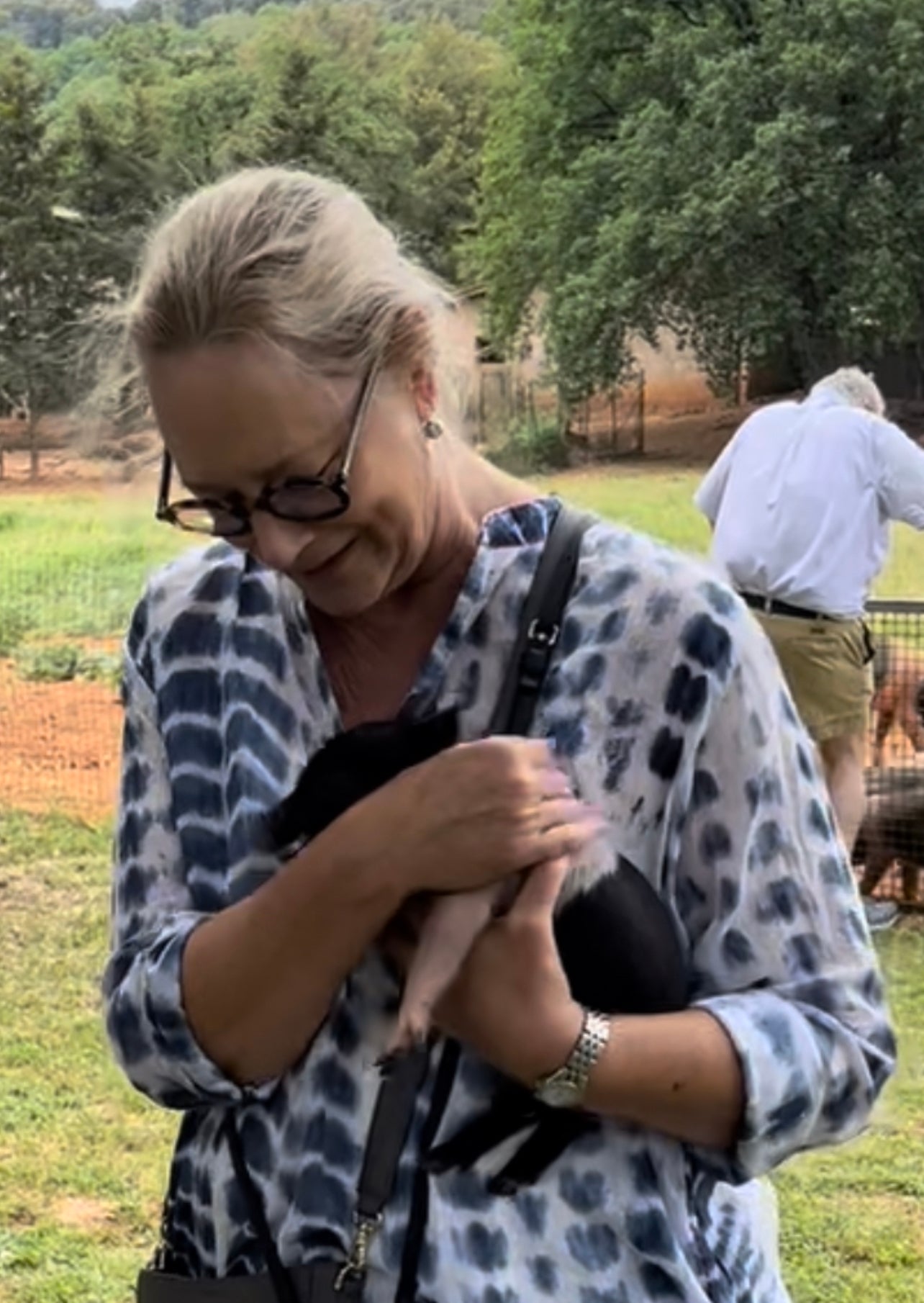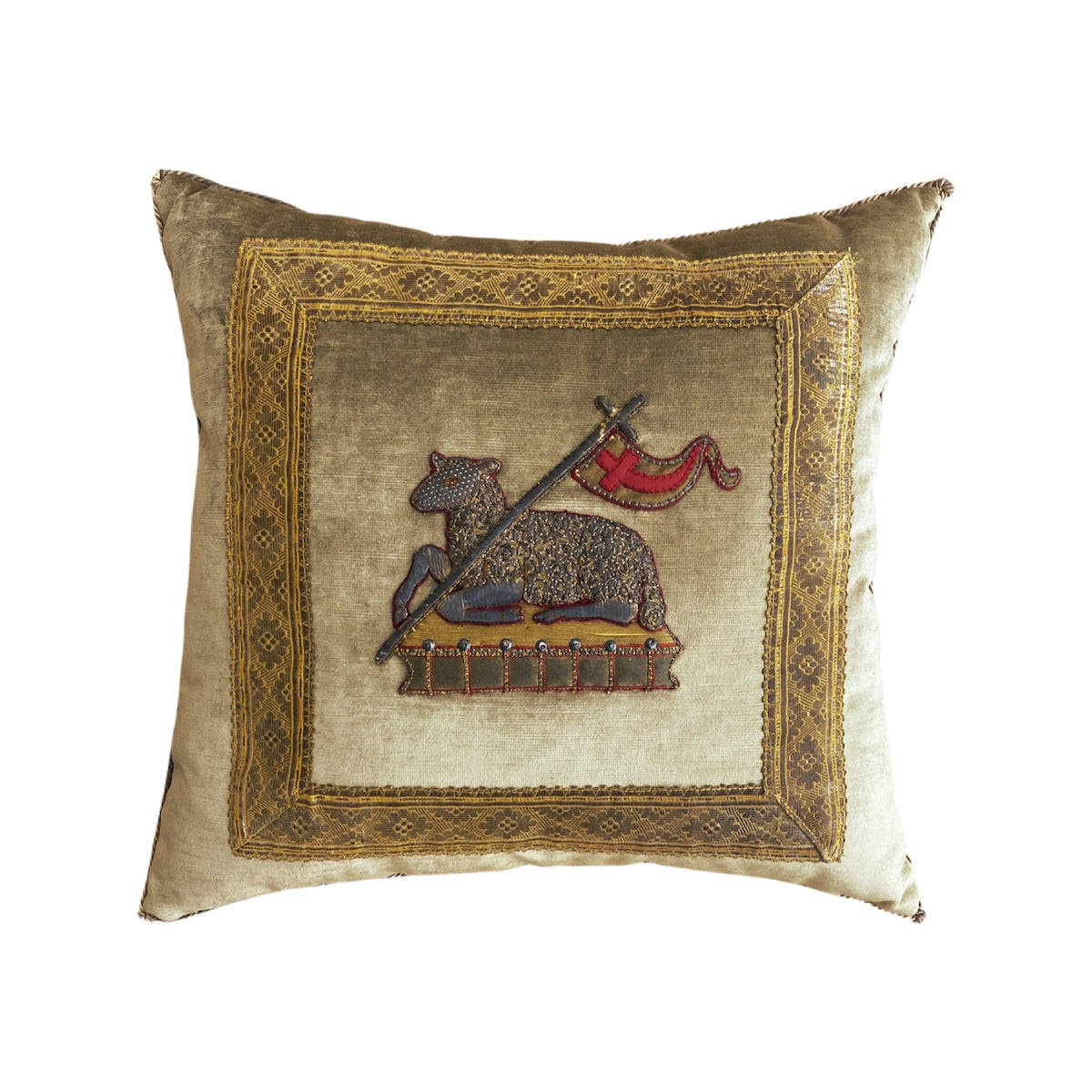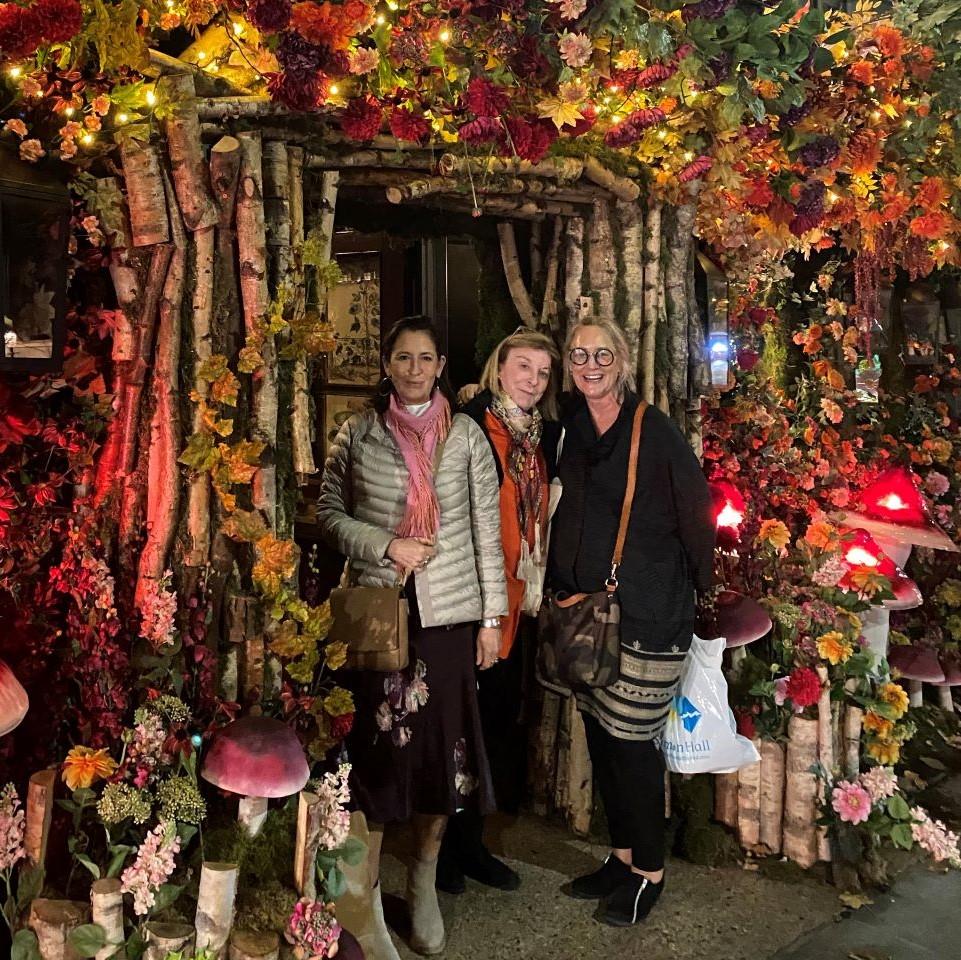Besides the importance in match making, this area of civilization developed from a nomadic lifestyle. There was no room for art for art’s sake when packing and moving belongings regularly. Their main artform was the embroidery that embellished not only suzanis for beds, tables, and walls, but clothes, yurts, bags and wrappers, saddle blankets, and fabrics of all kinds. From this custom, even urban homes were filled with a riot of colors from layers and layers of vibrant embroidered textiles. Interestingly in this male dominated society, women were responsible for the artistic expression of the family.
From talking to Suzani dealers and researching many books and articles, I find the suzani’s symbolism fascinating. Though through the centuries with no written design documents and the lifestyle changes during the Soviet occupation, many of the original interpretations have been lost or have become speculative.
Knowing the marriage rituals and the importance of strengthening the tribes or families with talent and prolific offspring, the symbols of fertility are quite obvious. And with the harsh landscape of much of Central Asia, the celebration of vegetation from the oasis is glorified and represents health, vitality, and survival. Astral and solar symbols often represent the heavens and the protections they provide.
The tree of life’s seasonal cycle embodies the sequence of birth, maturity, death, and rebirth . The roots spring from the underground world. The trunk rises through the terrestrial world, and the branches pierce the heavens.
There are many more symbols to ponder, but imagine the influences, ideas, inventions, and culture that spread while traveling the ancient Silk Road. Uzbekistan’s location played a key role uniting the Far East and the Far West and facilitating communication between cultures. The city of Bukhara (where so many of our collected suzanis originated) was an oasis on the silk road. This valuable water source was a main stop for thirsty travellers and their horses. The city was always alive with multicultural thought and influences. The effects of this enlightenment could only enhance the evolution of the marvelous suzanis’ patterns and materials…..and the creative spirit of the women who stitched them.




